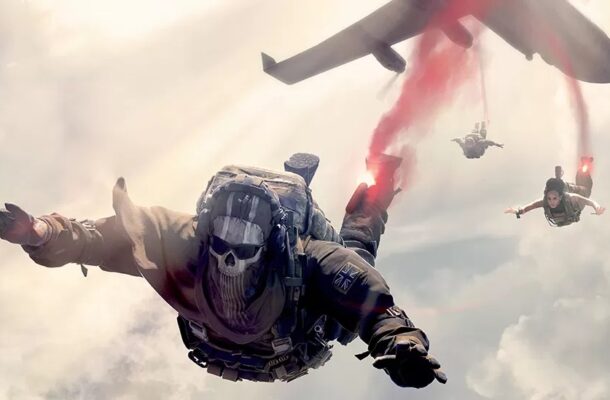Microsoft's acquisition of Activision Blizzard leads to the axing of 1,900 jobs in its gaming divisions. Learn about the aftermath of the $69 billion deal and its impact on the industry.
Introduction: In the aftermath of Microsoft's monumental $69 billion acquisition of Activision Blizzard, the tech giant has announced significant workforce reductions, sending shockwaves through the gaming industry. With nearly 2,000 employees set to depart from its gaming divisions, the repercussions of this move reverberate across the sector. This article delves into the details surrounding the job cuts and the broader implications for both Microsoft and the gaming landscape.
Microsoft's Workforce Reductions Unveiled:
Following the completion of the high-profile acquisition, Microsoft, through a memo issued by Xbox chief Phil Spencer, disclosed its decision to lay off 1,900 employees from its gaming divisions, which encompass a total staff of 22,000. This restructuring marks a pivotal moment in the post-acquisition phase, signaling strategic realignment within the company's gaming portfolio.
The decision to downsize comes amidst Microsoft's concerted efforts to streamline operations and optimize resource allocation following the integration of Activision Blizzard into its fold. While the acquisition promises synergistic opportunities and expanded market reach, the consolidation of resources necessitates organizational adjustments, inevitably impacting the workforce.
Implications of Microsoft's Acquisition:
Microsoft's acquisition of Activision Blizzard, culminating after a protracted regulatory battle, represents a seismic shift in the gaming industry's landscape. With the consolidation of two gaming behemoths, Microsoft stands poised to reshape the competitive dynamics and market dynamics profoundly.
The departure of key figures, including former Activision CEO Bobby Kotick and Blizzard boss Mike Ybarra, underscores the transitional phase underway within the newly integrated entity. While such leadership changes are not uncommon in corporate acquisitions, their departure underscores the evolving leadership structure and strategic vision under Microsoft's stewardship.
Industry-Wide Turbulence:
The wave of job cuts at Microsoft's gaming divisions adds to a broader trend of workforce reductions within the video game industry. Earlier instances of layoffs at prominent gaming companies, including Riot Games, Unity, and Twitch, reflect the sector's volatile landscape and the challenges facing game developers and publishers alike.
The confluence of market pressures, technological disruptions, and evolving consumer preferences exacerbates the industry's vulnerability to workforce downsizing and structural realignment. As companies navigate the complexities of digital transformation and market consolidation, workforce restructuring emerges as a recurring theme, posing both challenges and opportunities for industry stakeholders.
Navigating Forward Amidst Uncertainty:
As Microsoft grapples with the aftermath of its transformative acquisition, navigating forward demands a delicate balance between operational efficiency and strategic innovation. The company's commitment to fostering a resilient and agile gaming ecosystem remains paramount as it seeks to capitalize on the synergies afforded by the acquisition.
In charting the course ahead, Microsoft must prioritize employee welfare, innovation, and community engagement to sustain its competitive edge and drive long-term growth. As the gaming industry continues to evolve, adaptability and foresight will be key pillars in navigating the ever-changing terrain of digital entertainment.
Conclusion:
The announcement of 1,900 job cuts within Microsoft's gaming divisions serves as a stark reminder of the far-reaching implications of corporate acquisitions in the gaming industry. Amidst the flux of restructuring and realignment, stakeholders must remain vigilant, fostering a culture of innovation and resilience to thrive in an increasingly dynamic landscape. As Microsoft embarks on this new chapter post-acquisition, the path forward demands strategic foresight, steadfast leadership, and a steadfast commitment to driving positive change within the gaming ecosystem.


Comments